Blog Archives
Full Red Square Parade Dedicated to 75th Anniversary of Great Victory in WWII, June 24, 2020, Moscow + My commentary!
This is the first full LIVE video – just video, no commentary, from Zvezda, the channel of the Russian Army. I’ll see if I can post the parade only with commentary, when it shows up.
What’s on this video + a bit of my commentary and impressions!
First 19+ minutes – arrivals of foreign heads of state and Putin greeting them. With spectacular views of the Kremlin and Moscow.
The drone view of the Red Square @ 19:35
**Just notice those clear blue skies!
In between they also show the behind the scenes Kremlin, with waiting/toasting heads of state.
Spasskaya Tower Clock & Red Square, parade-ready @ 24:50
They actually aren’t wearing face masks, including parade participants, vets and dignitaries. The parade rehearsals showed everyone wearing face masks. As I see they let the participants go without masks. Good idea since otherwise it would be pretty hard to breathe. It was said that the parade participants were selected this time for their immunity to COVID, among other things.
@25:30 Putin and heads of delegations on foot head to Red Square
@27:30 Putin greeting vets on Red Square
Red Square #Victory75 Parade begins @ 34:30
Putin’s anniversary speech and Russian anthem @ 49:11 – 59:49
Main parade starts @ 59:53
Parade starts with a historic part: it’s a recreation of the first June 24, 1945 parade commemorating Victory in WWII / Great Patriotic War. A splendid recreation of the Russian uniforms of that era.
Next, foreign regiments participating. Nice uniforms. Just look at that Chinese contingent, so flawless like they are jointless! How do they do it? And a very unusual performance by the Indian contingent.
The contemporary Russian Army troops and tech – amazing as usual.
My impression: the parade is more laid back than usual. No pressure associated with May 9, more casual than it would be on actual Victory Day.
@1:14:00 – Russian girls, marching to Katyusha 🙂 and lots more.
FULL LIVE VIDEO:
Aerial show closes the Red Square Parade 2020
Brief but touching overview from RT hosts – watch what the girl says: her grandmother was a part of the female company that fought side by side with the Soviet Red Army to liberate Belarus, and she was Polish. There were decent Poles too…
After the parade, Putin and heads of foreign states lay wreaths to the Tomb of the Unknown Soldier.
A full list of Victory75 Marathon posts is under this article!
_________________________
DON’T MISS – THE JUNE 24 EVENTS!
The 75th WWII Victory anniversary concert was held in the evening of June 24 in a highly unusual setting, on Mamayev Kurgan, Volgograd – former Stalingrad. This is an incredible by its impact memorial complex, dedicated to heroes of the battle of Stalingrad.
“To Heroes of the Battle of Stalingrad” at Mamayev Kurgan
Mamayev Kurgan is a dominant height overlooking the city of Volgograd in Southern Russia. The name in Russian means “tumulus of Mamai”. The formation is dominated by a memorial complex commemorating the Battle of Stalingrad. Wikipedia
Mother Russia Calls, Mamayev Kurgan’s dominant monument – world’s one of a kind. And yes, this giant statue is carved out of stone, as is the entire complex:
Other monuments on Mamayev Kurgan:
The main concert of the 75th anniversary of the end of WWII has been held with this spectacular backdrop!
I’ll share it here, on FT when it is released.
Don’t miss, subscribe and support FuturisTrendcast!
____________________________
ON LADA RAY PATREON!
FREE PUBLIC POST – MY DOUBLE FOREWORD TO PUTIN’S PIECE:
NEW FOR PATRONS:
COMING:
Also
EARTH SHIFT WEBINAR 14 COMING YOUR WAY!
INFO HERE!
Stereotypes Crushed by #Russia2018 World Cup: Neat Senegal Fans Clean up Their Mess; Swiss Fans Urinate in Public; Russians and Brits Hug #ЧМ2018
EARTH SHIFT UNDERWAY: stereotypes crushed!
Yesterday a shocking video of the Swiss fans urinating in public was circulated.
I like this new video much better: Senegal fans neatly clean up their mess after match is over. HIGH CLASS!
https://twitter.com/INFOSMESSl/status/1009141390310289409
Russians and Brits hug after Russia scores 3:1 against Egypt – AND THAT’S CLASS TOO!
https://twitter.com/marcelsardo/status/1009166406288539648
With much incredulity, British fans also noted how warmly they were met by Russian hosts in Volgograd, where the British team played their first match. Although, due to the negative media coverage in the UK and the scare tactics of the British political establishment, very few British fans showed up. And, I am sorry to say, there apparently were a few English fans who threatened to ‘make WWIII for Russians in Volgograd!’ (Link to source.)
And to close this post, an important moment in history to remember!
Volgograd used to be known as Stalingrad. Even schoolchildren in the UK would (hopefully) know about the Battle of Stalingrad during WWII. But what most people don’t know is that the historic grassroots drive to help the defenders of Stalingrad took place in 1942 in the city of Coventry, UK. Men and women took part in gathering money and resources and donating what they could, and even children sold their toys and clothes to help out. They gathered over 4 thousand pounds (over 200,000 pounds today). As a result, Coventry and Stalingrad became the world’s first sister-cities (Russian: goroda pobratimi), starting the global sister-city (gorod pobratim) phenomenon.
Many sister-cities would later appear all over the world. Today, Coventry and Volgograd remain sister-cities – the very first of their kind. Too bad the British so easily forget that.
My WWII History Lesson: 75th Anniversary of Victory in Stalingrad and Why It Was So Important

MOTHER RUSSIA, aka, The Motherland Calls (Russian: Родина-мать зовёт!, tr. Rodina-mat’ zavyot!). Mamayev Kurgan war memorial, Stalingrad (Volgograd).
**Attempts to re-write history and reverse Russian victory in WWII are intensifying. These re-writing attempts are coming from all kinds of countries, including Ukraine, Poland, Romania, the Baltics, US, Germany, etc. And even some of the young people in Russia are beginning to forget the truth. Humans are funny and their memory is short. This amnesia always results in a self-fulfilling prophecy otherwise known as ‘karma.’ This is why memory is so important. After all, ‘those who forget their history are doomed to repeat it.’
So we don’t forget, and can remind others — here’s a short, but important lesson from me:
75th Anniversary of the Victory in Stalingrad
Why was Stalingrad so important, why is it studied in all military colleges around the world and why is it arguably the most famous battle ever fought?
The city formerly known as Stalingrad is now called Volgograd (which means: the City on Volga River). A major commemorative parade took place today, Feb 2, 2018, in Volgograd (Stalingrad).
On June 22, 1941, at 4am, when people slept, Hitler’s Germany and their allies attacked the USSR simultaneously on all fronts. The Great Patriotic War began. Hitler’s troops moved relentlessly and to quickly through the territories of Belarus, Ukraine and Russia.
They were stopped only near Moscow and Leningrad, but at a huge cost. The German advancement meanwhile continued elsewhere, as town after town and city after city fell, despite the troops’ and population’s heroic defense. In 1942 Hitler was advancing on most fronts and Germans were reporting that they could already see Volga ahead of them. If they crossed the major water artery of Russia, the Volga River, this would mean a nearly unencumbered access to the following major prize: The industrial Russian hub of the Urals. And from the Urals, they could advance to Siberia, with its oil and natural resource riches, and that would be the end of Russia and the USSR.
That’s why Stalingrad was the last and final stand. The phrase that made it into all history books was: “There is no land for us beyond Volga.” This is what officers told their troops. There is no land for us beyond this point. Germans cannot be allowed to cross Volga at any cost. It was a fight of the magnitude never before known by the world. It was the most devastating war humanity ever experienced, and the cost to both Russian/Soviet civilians and troops was obsene and staggering. The amount of self-sacrifice and heroism was out-of-this-world. There was no choice: if Germans crossed Volga, it would be the end. They had to be stopped.
The outcome of that battle and entire WWII, the Russian/Soviet victory in it saved the entire world — and that means you, You and YOU, by the way. All at the expense of MILLIONS of RUSSIAN and SOVIET LIVES!
While General Friedrich Paulus, the commander of the 6th German Army was preparing to toast the victory of Stalingrad, Russian generals were preparing their counter-attack plan. Rumor has it that Hitler was so confident in Paulus’ success that he promoted him to field marshal just before the day Paulus surrendered together with his army to the Russian Army.
More hilarious details from Wikipedia:
Paulus surrendered in Stalingrad on 31 January 1943, the same day on which he was informed of his promotion to field marshal by Adolf Hitler. Hitler expected Paulus to commit suicide, repeating to his staff that there was no precedent of a German field marshal ever being captured alive. While in Soviet captivity during the war, Paulus became a vocal critic of the Nazi regime and joined the Soviet-sponsored National Committee for a Free Germany. He moved to East Germany in 1953.
Might this be a lesson for new aggressors?
The unexpected by both Germany/Axis allies and US/UK Allies Soviet victory in the Battle of Stalingrad in 1942-43 not only shocked the world, but it completely turned around the fates of WWII and Nazi Germany. The beginning of Hitler’s demise took place in Stalingrad. In the Great Stalingrad Cauldron, Russians surrounded and took prisoner over a hundred thousand of German troops.
But what very few people know is that the actual brilliant Soviet Stalingrad counter-attack plan was initially much grander and it included several broad fronts, down to Caucasus. If the whole plan succeeded, most German troops would have been surrounded and WWII could have ended a year or two earlier. The plan succeeded only partially, and after Stalingrad there was a number of other giant battles on the Soviet territory, plus hundreds and hundreds of smaller ones. In these battles the two titan armies clashed: one in order to conquer and enslave, and another to protect and liberate the Motherland.
The largest tank battle of WWII was the Battle of Kursk, July-August 1943, when Germans gathered all the resources they could in order to regain advantage. They failed miserably.
The Battle of Kursk, also known as the Arch of Kursk (Russian: Kurskaya Duga), had its own legendary ‘aha’ moment, when the well-oiled German war machine suddenly came to a screeching halt as thousands of state-of-the-art, awe-inspiring and menacing German tanks stopped, as if turned off by God’s invisible hand. For 20 minutes they helplessly watched as Russian tanks were quickly catching up to them in the giant battlefield, which would eventually become the Germans’ grave. This mysterious event took place in the stretch of the core central Russian steppes known as ‘the Kursk Magnetic Anomaly.’ The mystical mass sabotage of the German hardware during the Kursk Battle helped ensure another crucial victory for the USSR and another devastating defeat for Nazi Germany, from which it never recovered.
But the advancement of the German army was first stopped in Stalingrad. And with every next battle, inch by inch Russian / Soviet people liberated their land from the brown plague of the German fascism and their allies.
Stalingrad was rebuilt from the complete ruins after the war ended, and the Battle of Stalingrad memorial complex was built on Mamayev Kurgan, on the banks of Volga. It consists of a number of monuments and mass graves of those who perished defending Russia.
The main monument is the towering statue, MOTHER RUSSIA, or The Motherland Calls (Russian: Родина-мать зовёт!, tr. Rodina-mat’ zavyot!). She is the reminder of the truth that can never be forgotten. (See the image on top.)
Parade preview with Eng subs
75th Anniversary of the Stalingrad Victory Parade video, Volgograd




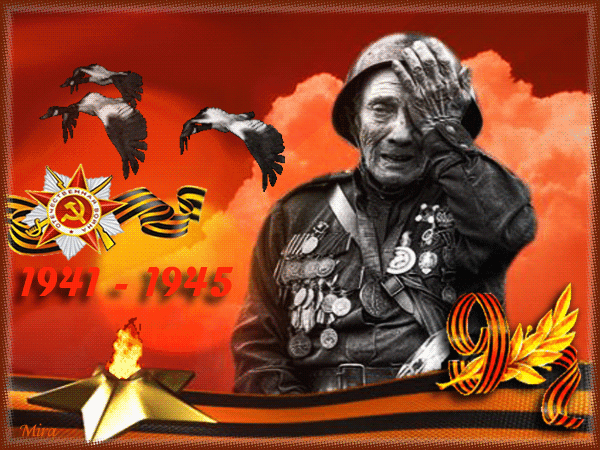

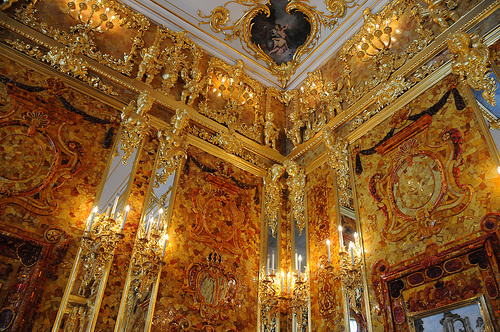

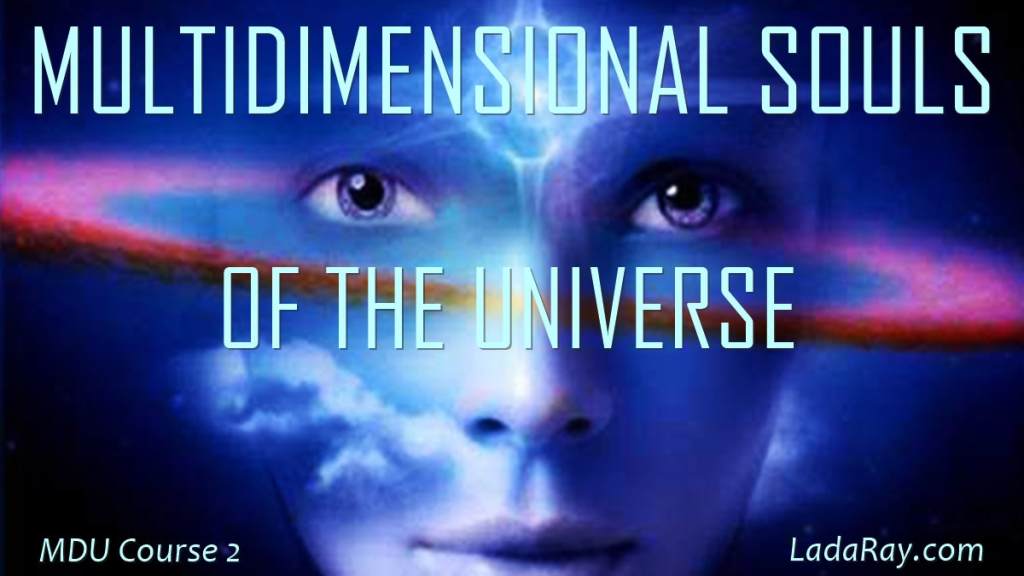







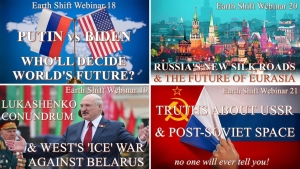



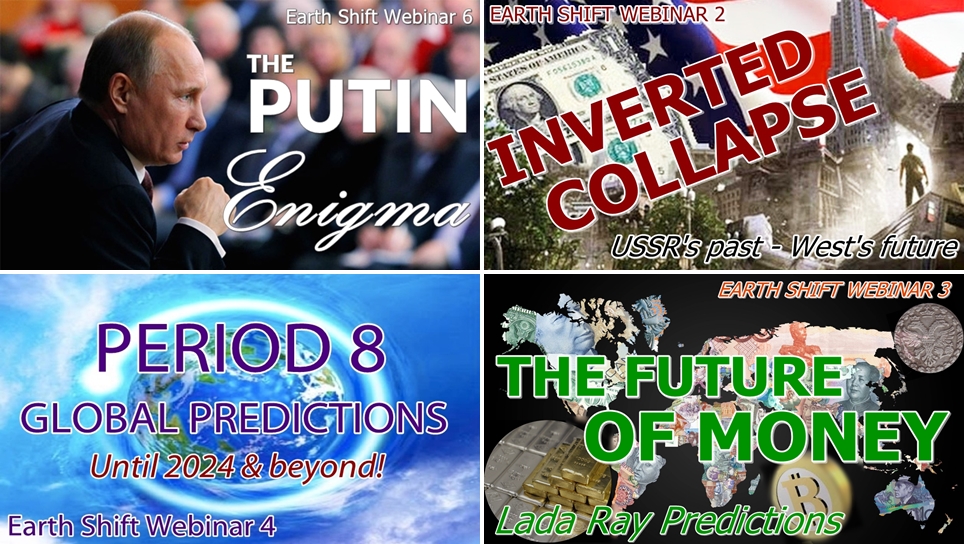




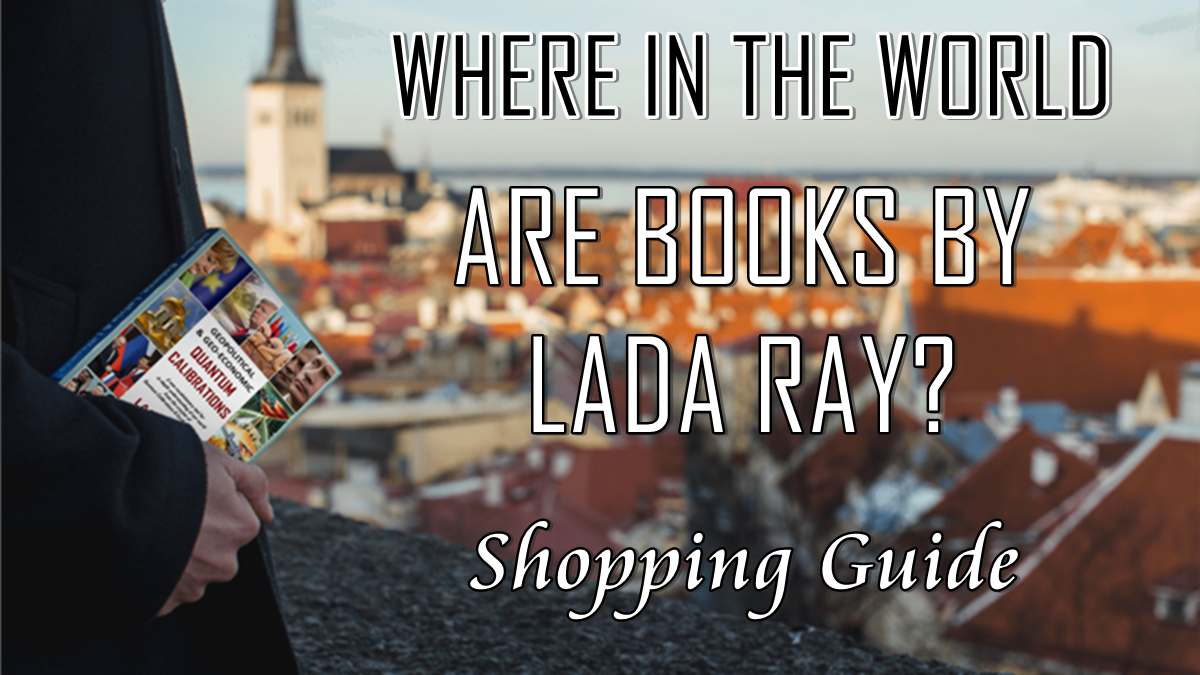
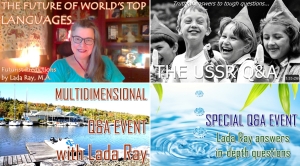




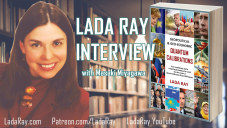


You must be logged in to post a comment.